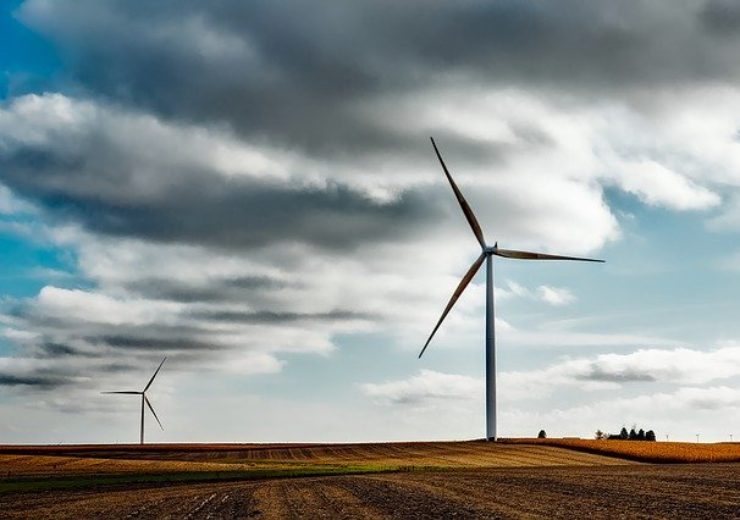The construction of the Taza wind farm project situated in the north-west of Taza in the northern region of Morocco has begun. This was reported by the project’s developer, a consortium composed of EDF Renewables, one of the world leaders in renewable energy from France, and Japans Mitsui & Co. Ltd., a global trading and investment company with a diversified business portfolio.
The announcement comes following the signing of all the necessary approvals and agreements with the relevant Moroccan public entities including the Moroccan Agency for Sustainable Energy (MASEN), National Office of Electricity & Drinking Water (ONEE), and the acquisition of financing for the first phase of the project from the Japan Bank for International Cooperation (JBIC), Nippon Export and Investment Insurance (NEXI), Sumitomo Mitsui Banking Corporation (SMBC), MUFG Bank, Ltd., as well as the Moroccan bank of Africa.
Implementation of the project
Sitting on a land plot of approximately 800 hectares, the project includes the installation of twenty-seven Alstom wind turbines with a total capacity of 87 MW in its first phase. 18 more wind turbines will be added to the facility in the future to increase its capacity to a total of 159 megawatts.
Also Reda: Construction of substation in Kenitra city Morocco complete
The project is expected to be operational in early 2022. Its production will be equivalent to the annual electricity consumption of 350,000, or around 70% of the population of Taza province.
The Taza wind farm project is part of the North African country energy strategy, which aims at increasing renewables’ share to 52 % of electricity production by 2030.
Impact of the Taza wind farm project in Morroco
The Taza wind farm project is expected to contribute to the region’s social and economic development through the creation of employment during and after the construction phase. It is also expected to mitigate 200,000 tonnes of CO2 emissions per year in the first phase.
